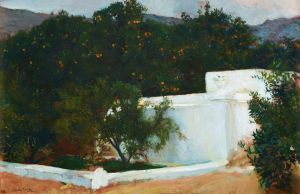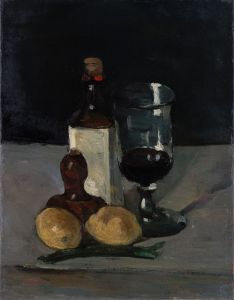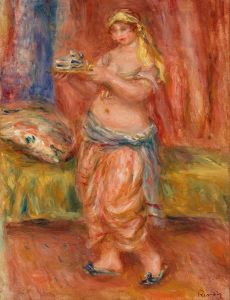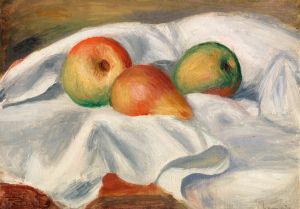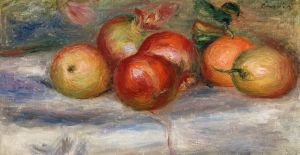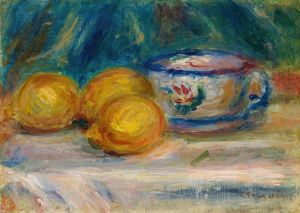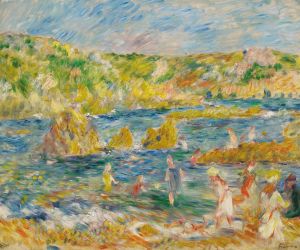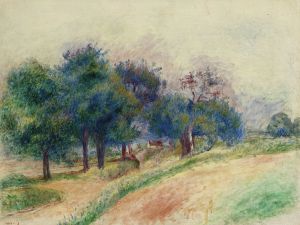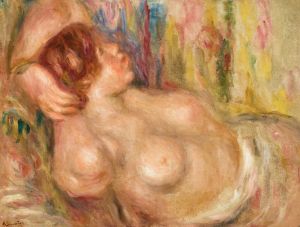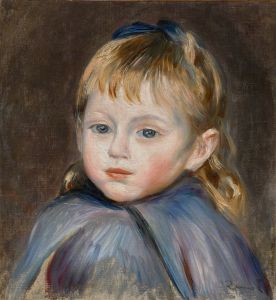
Citrons
A hand-painted replica of Pierre-Auguste Renoir’s masterpiece Citrons, meticulously crafted by professional artists to capture the true essence of the original. Each piece is created with museum-quality canvas and rare mineral pigments, carefully painted by experienced artists with delicate brushstrokes and rich, layered colors to perfectly recreate the texture of the original artwork. Unlike machine-printed reproductions, this hand-painted version brings the painting to life, infused with the artist’s emotions and skill in every stroke. Whether for personal collection or home decoration, it instantly elevates the artistic atmosphere of any space.
Pierre-Auguste Renoir, a prominent French artist and a leading figure in the development of the Impressionist style, created the painting "Citrons" (Lemons) around 1881. This still life painting exemplifies Renoir's mastery in capturing the subtleties of light and color, which are hallmarks of the Impressionist movement.
"Citrons" features a simple yet elegant composition of lemons arranged on a surface. The painting is notable for its vibrant use of color and the delicate interplay of light and shadow, which bring the lemons to life. Renoir's brushwork in this piece is loose and fluid, a technique that allows the viewer to perceive the texture and form of the lemons without the need for precise, detailed lines.
Renoir's choice of subject matter in "Citrons" reflects his interest in everyday objects and his ability to find beauty in the mundane. The lemons are depicted with a sense of freshness and vitality, their bright yellow hues contrasting with the more subdued tones of the background. This contrast helps to draw the viewer's eye to the fruit, making them the focal point of the composition.
The painting also demonstrates Renoir's skill in handling light. The way the light falls on the lemons, creating highlights and shadows, adds a sense of depth and realism to the work. This technique is characteristic of Renoir's broader oeuvre, where he often explored the effects of natural light on his subjects.
"Citrons" is part of a larger body of still life works by Renoir, which he produced throughout his career. These works allowed him to experiment with different techniques and approaches to color and composition. Still life painting provided Renoir with the opportunity to focus on the formal elements of art, such as shape, color, and texture, without the complexities of human figures or landscapes.
The painting is housed in the Musée de l'Orangerie in Paris, France, a museum that is renowned for its collection of Impressionist and Post-Impressionist masterpieces. The Musée de l'Orangerie provides an appropriate setting for "Citrons," as it allows visitors to appreciate the painting within the context of Renoir's contemporaries and the broader Impressionist movement.
Renoir's "Citrons" continues to be celebrated for its beauty and technical excellence. It serves as a testament to the artist's ability to transform simple subjects into works of art that captivate and inspire viewers. Through his use of color, light, and composition, Renoir elevates the humble lemon to a subject worthy of artistic exploration, demonstrating his belief that art can be found in all aspects of life.





